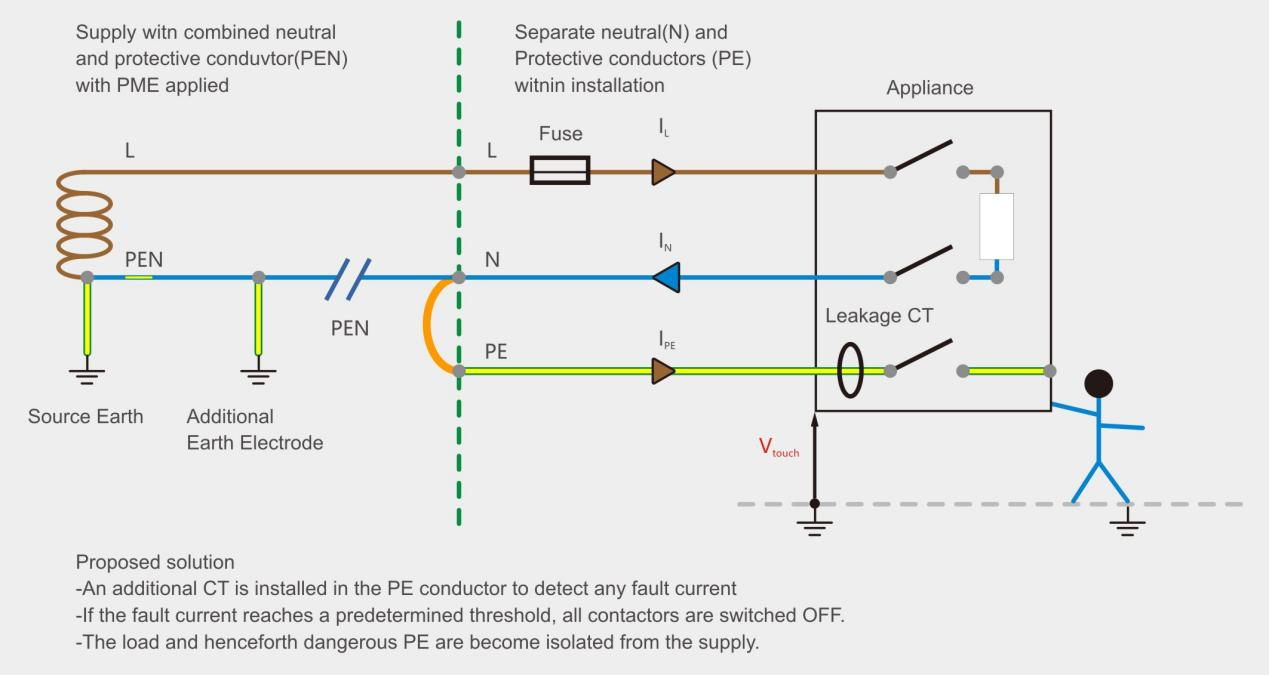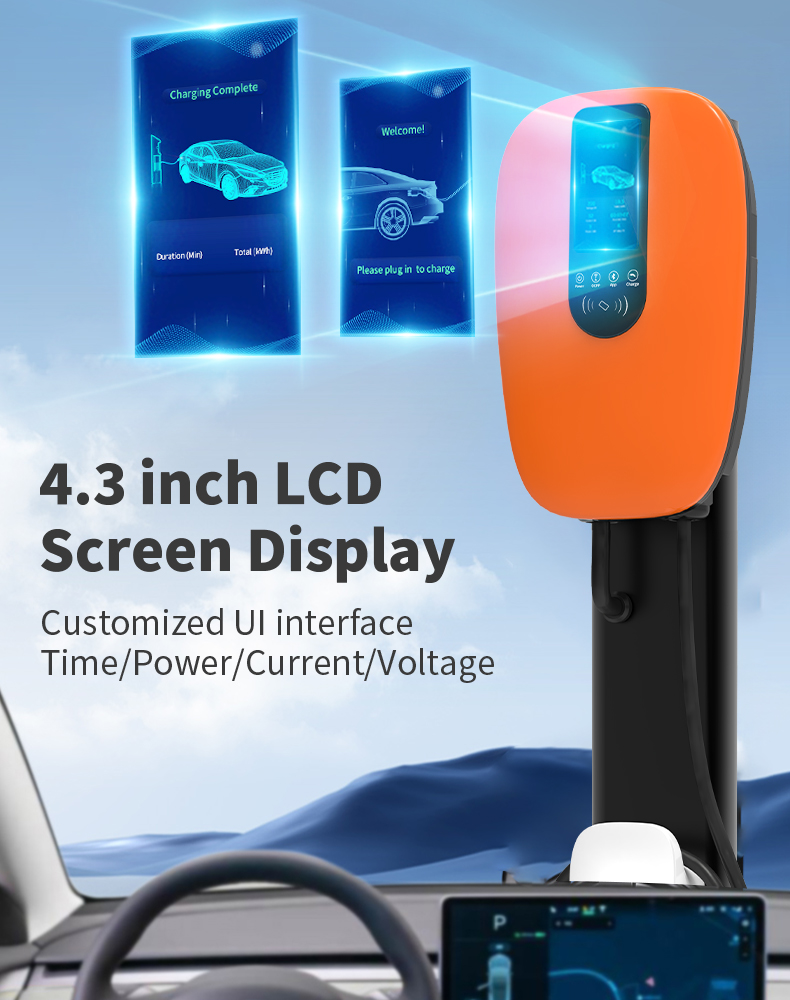In the United Kingdom, the Public Electric Vehicle Charging Infrastructure (PECI) is a rapidly expanding network, aimed at promoting the adoption of electric vehicles (EVs) and reducing the nation’s carbon footprint. To ensure the safety and reliability of EV chargers, various protective measures, including the implementation of PEN fault protection, have been established in the UK. PEN fault protection refers to the safety mechanisms integrated into the electrical systems of EV chargers to prevent potential hazards, particularly in instances of a loss of protective earth and neutral (PEN) connection.
One of the key aspects of PEN fault protection is the emphasis on ensuring that the neutral and earth connections remain intact and properly grounded. In the event of a PEN fault, where the neutral and earth connections become compromised, the protection mechanisms within the EV chargers are designed to immediately detect and respond to the fault, minimizing the risk of electric shock and other electrical accidents. This is especially crucial in the context of EV charging, as any compromise in the electrical integrity can pose significant safety risks to both the users and the surrounding infrastructure.
To achieve effective PEN fault protection, UK regulations often require the use of Residual Current Devices (RCDs) and other specialized protective equipment. RCDs are critical components that continuously monitor the current flowing through the live and neutral conductors, ensuring that any imbalance or fault is rapidly detected. When a fault is detected, the RCDs quickly interrupt the electrical supply, thus preventing potential electric shock and fire hazards.
Moreover, the integration of advanced monitoring and diagnostic systems in EV chargers allows for real-time detection of any potential issues, including PEN faults. These systems often incorporate sophisticated algorithms that can identify irregularities in the electrical flow, signaling potential PEN faults or other safety concerns. Such early detection capabilities enable prompt responses, ensuring that any faults are swiftly addressed to maintain the safety and reliability of the charging infrastructure.
The implementation of stringent standards and regulations is another crucial aspect of ensuring effective PEN fault protection in EV chargers across the UK. Regulatory bodies, such as the Institution of Engineering and Technology (IET) and the International Electrotechnical Commission (IEC), play instrumental roles in establishing guidelines and requirements for the installation, operation, and maintenance of EV charging infrastructure. These standards encompass various aspects, including electrical design, equipment selection, installation practices, and ongoing safety inspections, all aimed at mitigating the risks associated with PEN faults and other electrical anomalies.
Overall, the PEN fault protection measures in the UK reflect the nation’s commitment to maintaining high safety standards in its growing EV charging infrastructure. By prioritizing the implementation of robust protective measures, rigorous standards, and advanced monitoring systems, the UK endeavors to foster a safe and reliable environment for the widespread adoption of electric vehicles, thereby contributing to the ongoing transition to a more sustainable and eco-friendly transportation landscape.
If there are still any questions, jsut feel free to contact us.
Post time: Oct-26-2023







